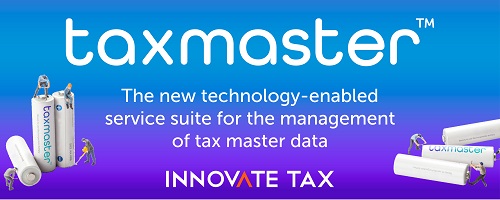- U.S. companies need a clear understanding of VATs and tariffs for global business.
- VATs and tariffs are often confused but have different purposes and effects.
- VAT is a multi-stage tax on value added, ultimately paid by consumers.
- Tariffs tax imported goods to regulate trade and protect domestic products.
- VATs are common globally, with over 175 countries using them.
- VATs are neutral and not specifically targeting U.S. exporters.
- Misunderstandings can lead to trade distortions and calculation errors.
Source: cfo.com
Note that this post was (partially) written with the help of AI. It is always useful to review the original source material, and where needed to obtain (local) advice from a specialist.
Latest Posts in "United States"
- South Dakota Clarifies Use Tax Requirements for Out-of-State Materials
- Digital Advertising Services Taxes: States Catch Up and Look Ahead
- Understanding Utility Sales Tax Exemptions: Are Your Business Utilities Tax-Exempt?
- Are Shipping Charges Subject to Sales Tax in South Carolina?
- Are Shipping Charges Subject to Sales Tax in Missouri?














